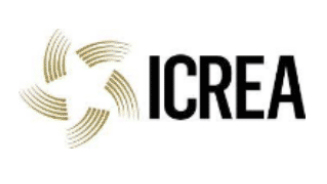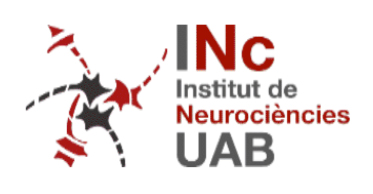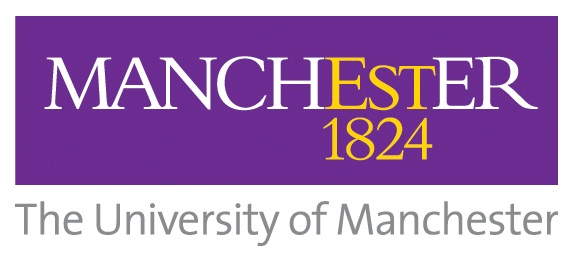Nature Reviews Clinical Oncology, 2025, 22
Targeting the glioblastoma resection margin with locoregional nanotechnologies
Surgical resection is the first stage of treatment for patients diagnosed with resectable glioblastoma and is followed by a combination of adjuvant radiotherapy and systemic single-agent chemotherapy, which is typically commenced 4–6 weeks after surgery. This delay creates an interval during which residual tumour cells residing in the resection margin can undergo uninhibited proliferation and further invasion, even immediately after surgery, thus limiting the effectiveness of adjuvant therapies. Recognition of the postsurgical resection margin and peri-marginal zones as important anatomical clinical targets and the need to rethink current strategies can galvanize opportunities for local, intraoperative approaches, while also generating a new landscape of innovative treatment modalities. In this Perspective, we discuss opportunities and challenges for developing locoregional therapeutic strategies to target the glioblastoma resection margin as well as emerging opportunities offered by nanotechnology in this clinically transformative setting. We also discuss how persistent barriers to clinical translation can be overcome to offer a potential path forward towards broader acceptability of such advanced technologies.








